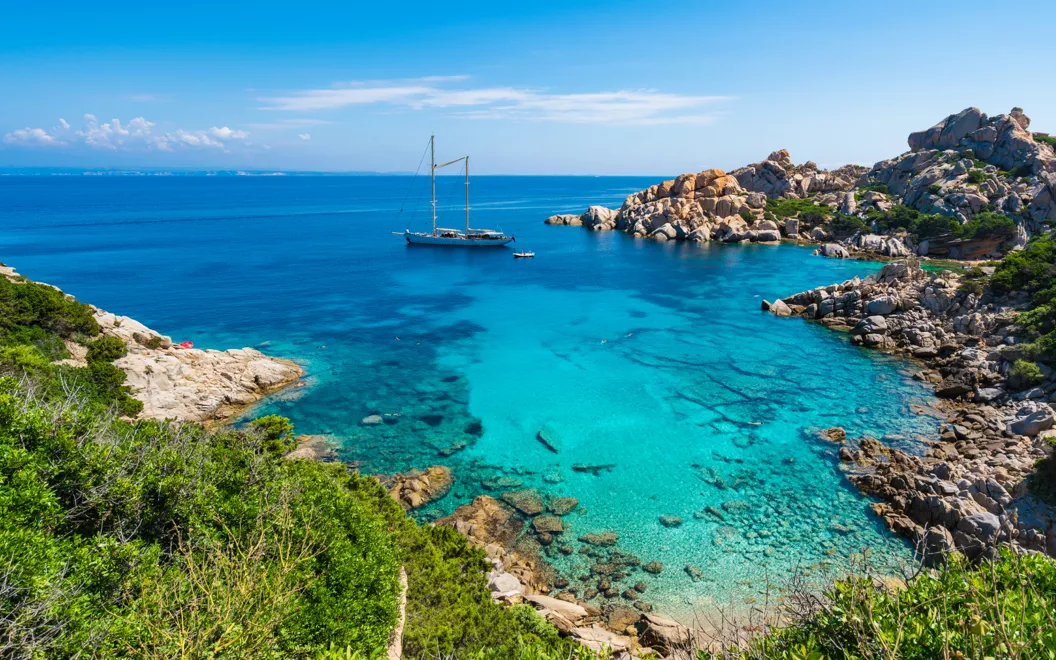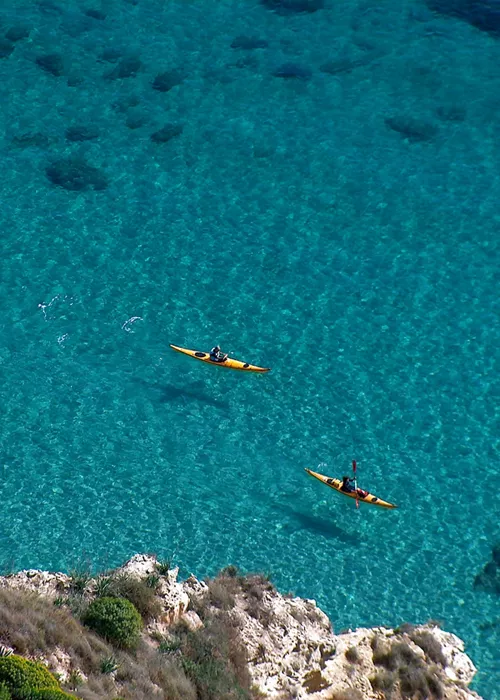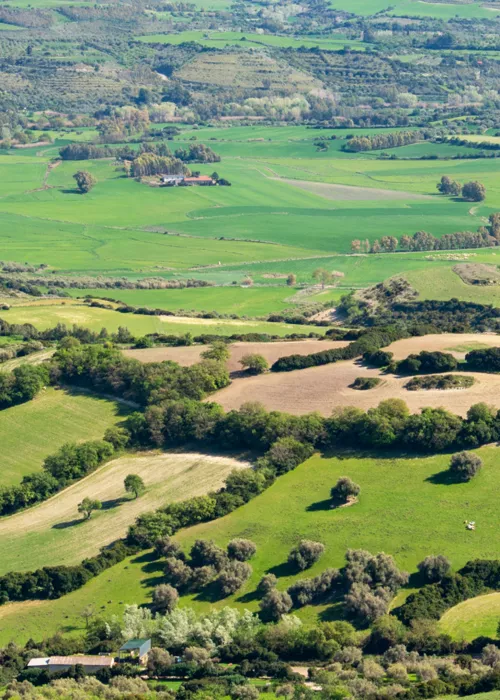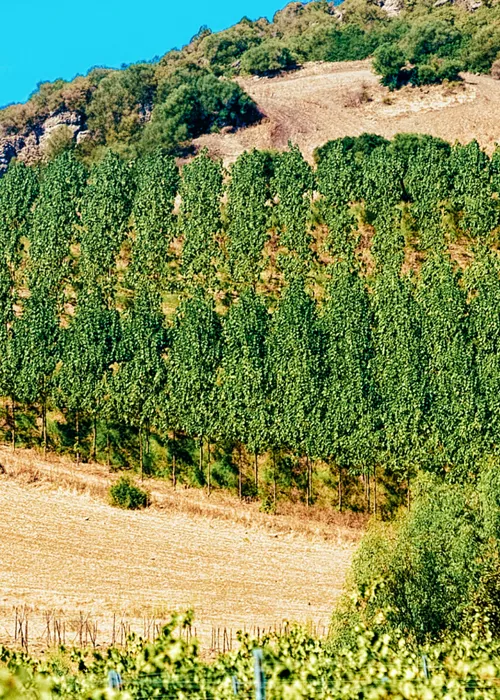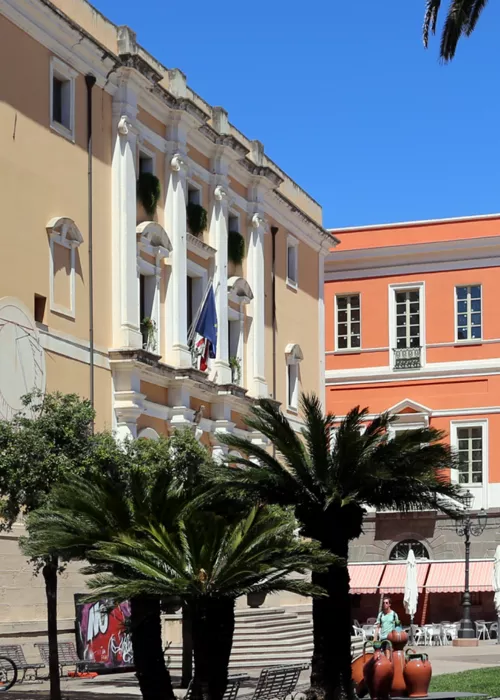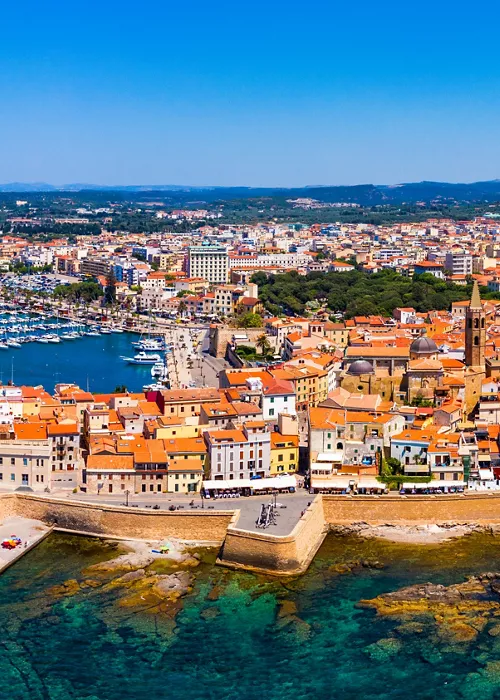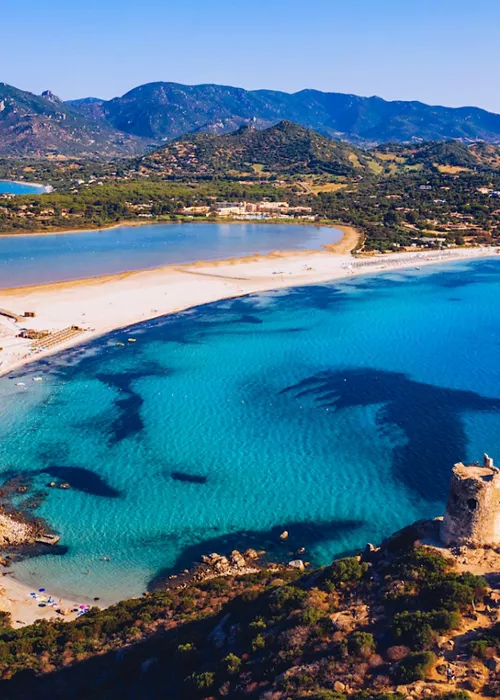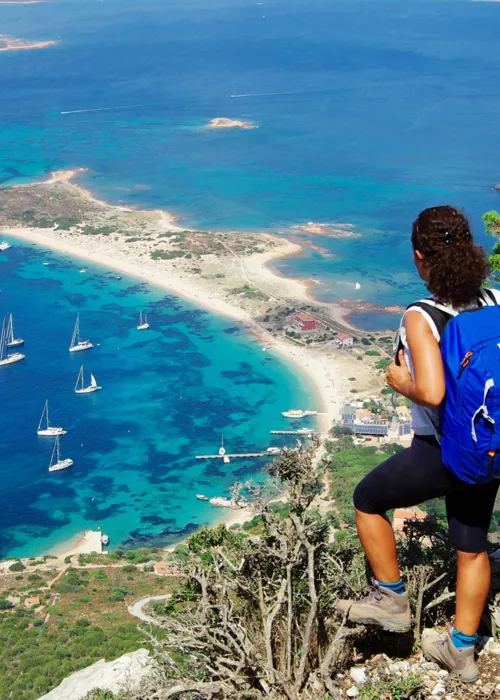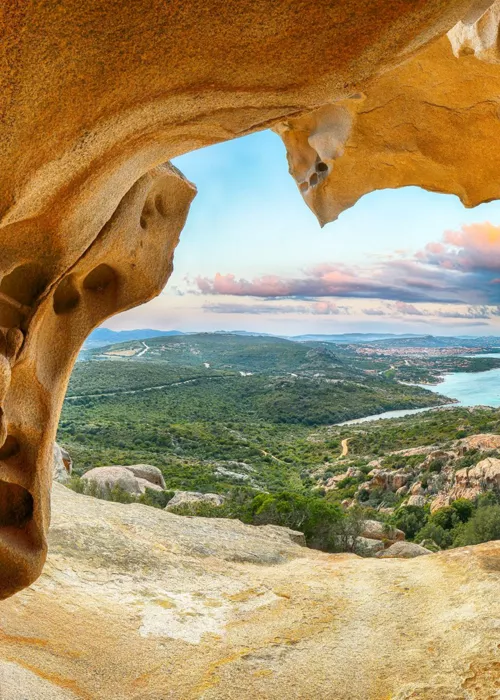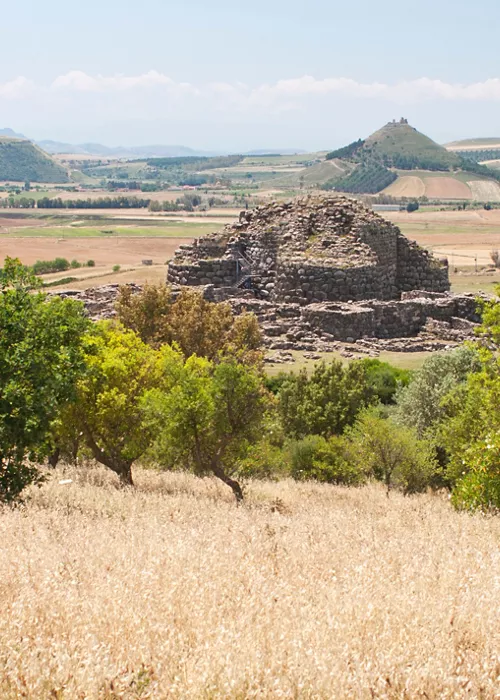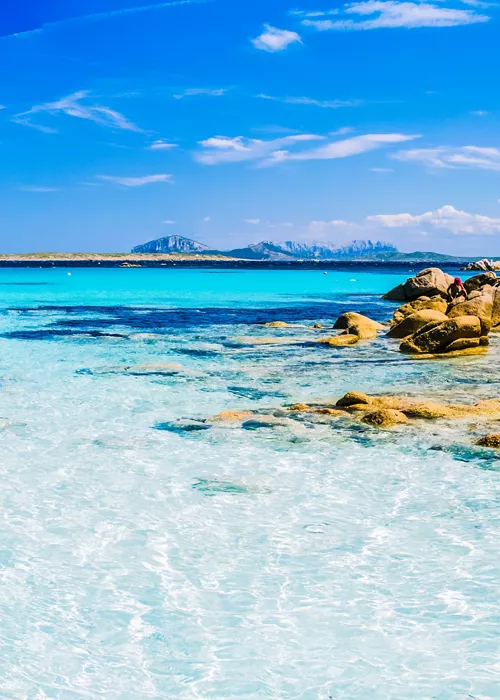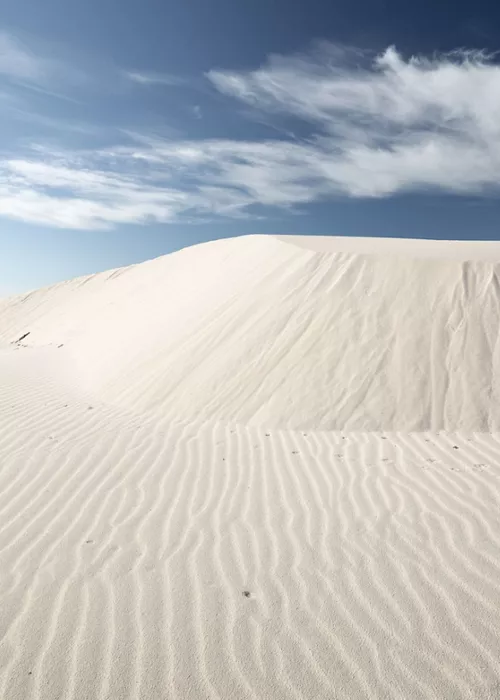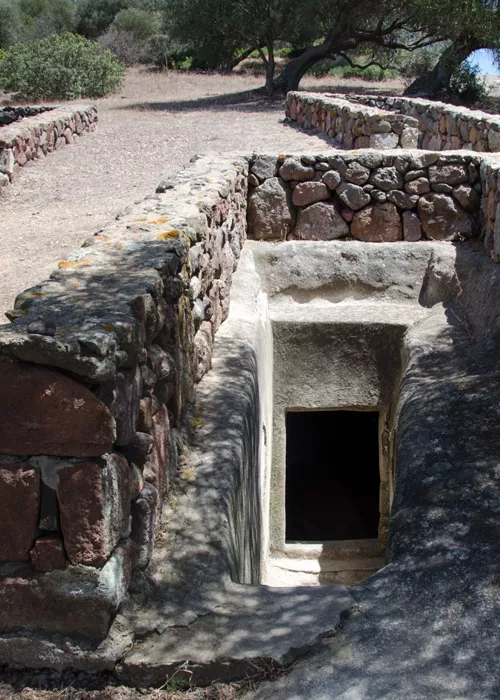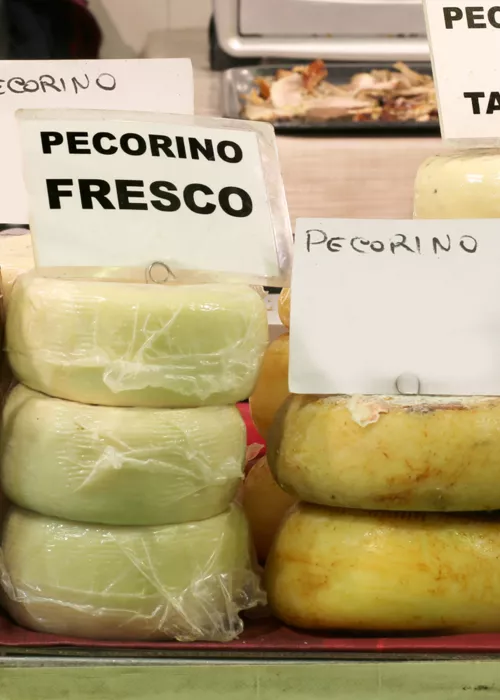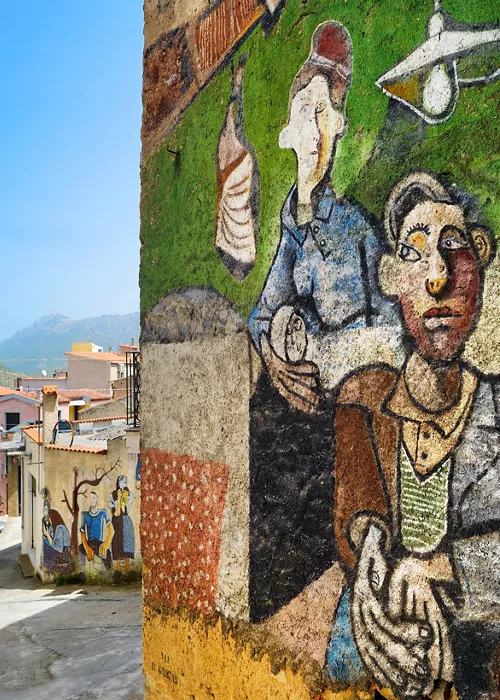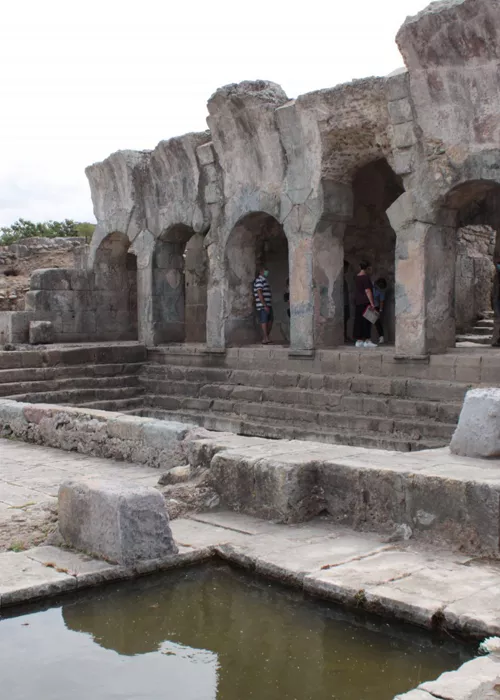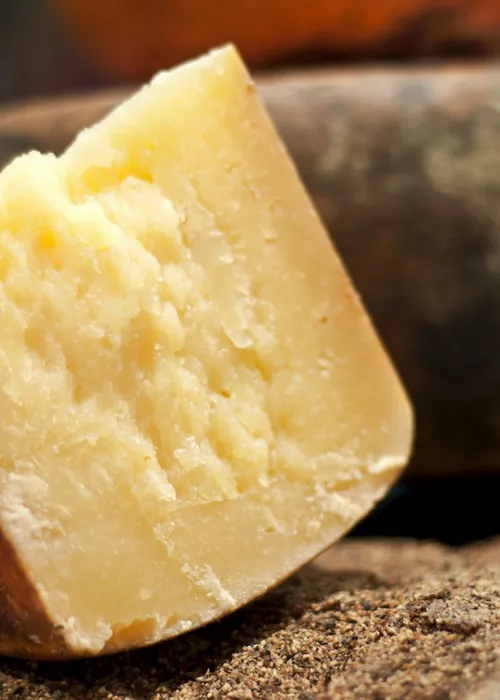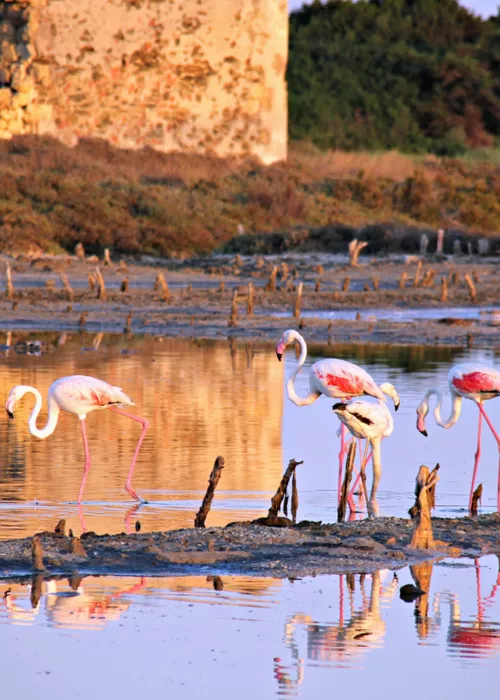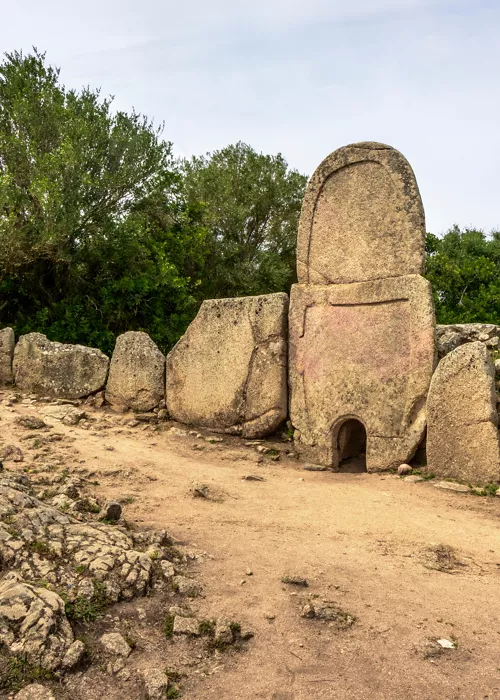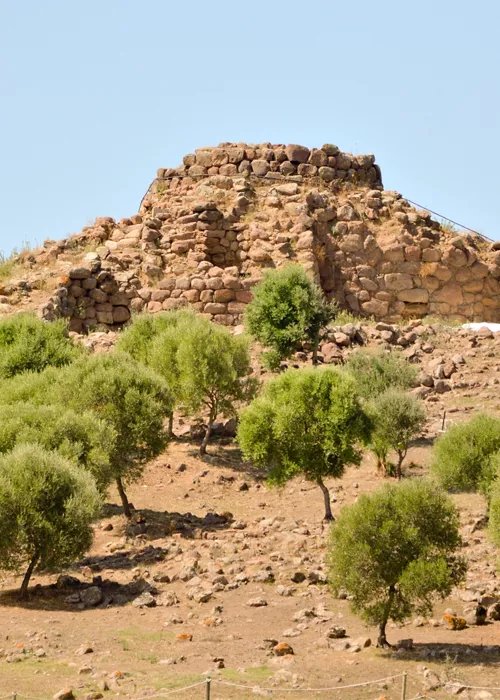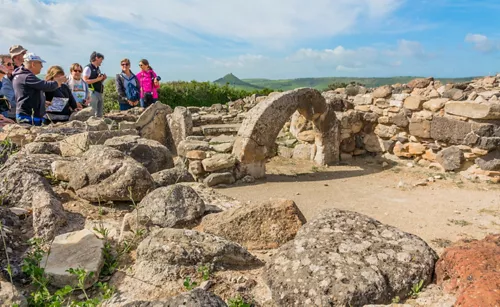Landscapes of Sardinia
3 minutes

An extraordinary land with a strong identity, with landscapes designed by mountains and countryside that preserve intact their authentic and wild spirit, which goes well with the hospitality of their inhabitants, Barbagia represents the authentic heart of Sardinia.
A region that embraces the Gennargentu, the mountainous massif at the centre of the island, and the smaller reliefs around it, and that accompanies the visitor in the discovery of the Sardinian character in pure form, in an authentic itinerary of jealously guarded millenary traditions. Where villages surrounded by a unique and unrepeatable nature are characterised by narrow alleys, cortes and vine pergolas that embellish the ancient granite houses. These include Gavoi, home of the famous Sardinian Fiore cheese, or Orgosolo, where murals painted on the walls of houses tell stories of life and conquests. Traces of history and legendary suggestions embellish the valley of Lanaittu, set in enchanting scenery in the territories of Oliena and Dorgali, between imposing limestone ridges where the oldest human remains on the island have been found, and the hypogeous village of Tiscali, a unique settlement that probably represented the last bulwark of the late Nuragic peoples against the Roman advance.
From the coasts of Sulcis Iglesiente to the boundless ponds of Campidano
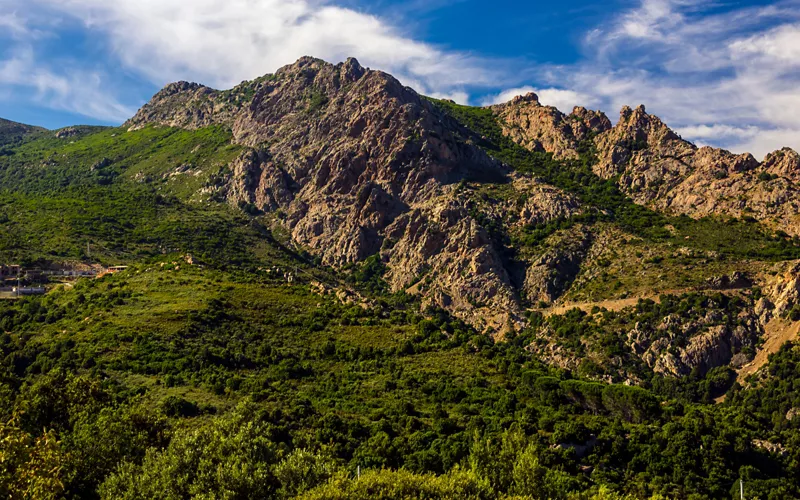
The constant presence of the sea, taken for granted in the coastal areas full of bays, once natural harbours protected by fortresses, causes endless surprise as it emerges on the horizon even from the hinterland. Southern Sardinia offers a landscape that in its completeness represents the dominant element of the territory: fauna, vegetation, geological forms reminiscent of the Palaeozoic era, human settlements themselves, spaces and lights, begin here the tale of a very special land. An infinite vastness in which the eye loses itself and embraces the wild and uncontaminated nature of the Campidano, 1850 square kilometres in the south-western area of Sardinia that includes the territories of four provinces: Cagliari, Carbonia-Iglesias, Medio Campidano and Oristano. A naturalistic oasis where the Campidano State Forest, criss-crossed by numerous paths, meets Nuragic archaeology, and not far away stretches of water and vestiges of ancient salt pans, today the perfect home for exotic flamingos.
Gallura, beauty of sea and land
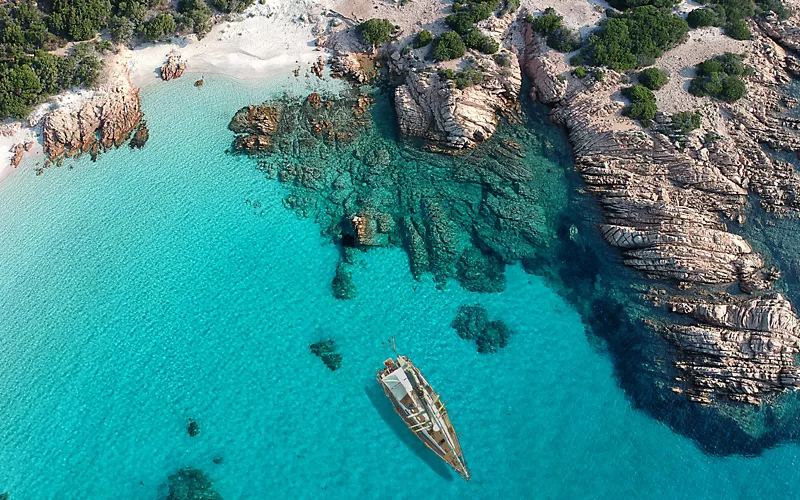
Traces of Neolithic civilisation, Mediterranean scrub alternating with majestic granite sculptures carved by the wind, coves caressed by the sea and lush vegetation, a treasure trove of unique coastal views from the charm of the Costa Smeralda to the mystery of the Valle della Luna. All this and much more is Gallura. A land rich in forests to be crossed with challenging but unforgettable treks, torrents to be descended by canoe, waterfalls and natural pools where you can regenerate. And then there is the countryside, which generously demonstrates its fertility with olive groves and vineyards that yield a wine appreciated throughout the world, Vermentino di Gallura DOCG, and shape a landscape that is hard to imagine.
The sea, soul of Sardinia
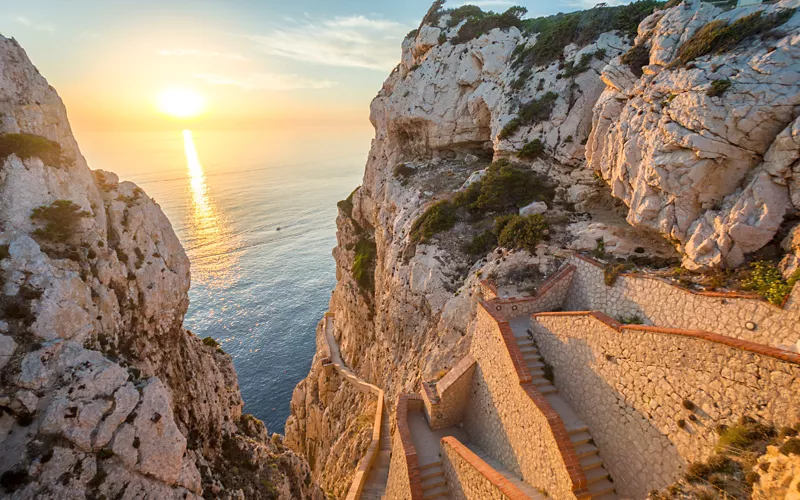
Soul of Sardinia, the sea marks with its physical presence, drawing its perimeter, the whole of this land that emerged from the Mediterranean. Transparent waters lap the coast, where an infinity of beaches alternates with inlets, cliffs and coves. Scenic stages of primordial beauty, where the crystal-clear sea touches the land dotted with ancient ruins, amidst naturalistic oases, cool pine forests, long sandy shores characterised by soft sand dunes, small beaches with an exotic air set among rocky promontories, the charm of some places and the well-known worldliness of others. All this is Sardinia!
Into the bowels of the earth to discover Neptune's Grotto
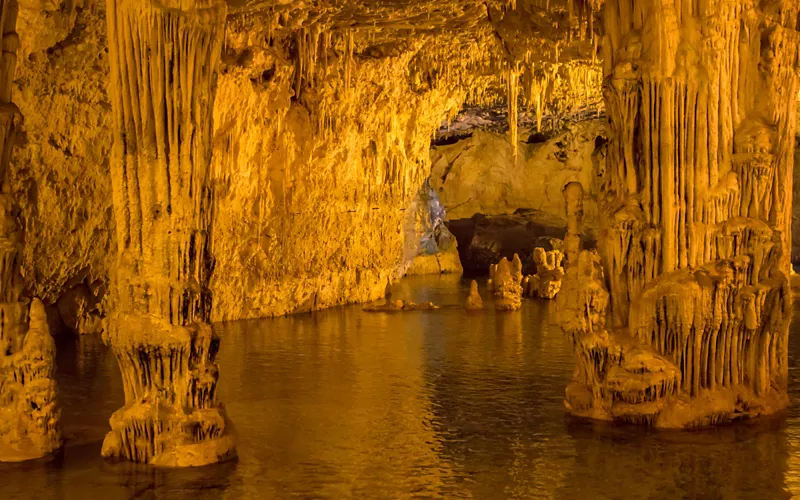
The Capo Caccia promontory guards a true natural jewel of the Mediterranean, one of the largest sea cavities in Italy: the Grotta di Nettuno (Neptune's Grotto), pride of the Capo Caccia-Isola Piana Protected Marine Area. It is accessible by sea from Alghero or by descending the Escala del cabirol (stairway of the roe deer in Catalan), just over 650 steps between limestone cliffs clinging to one of the sheer cliffs above the sea. Halls, galleries, tunnels, majestic stalagmite and stalactite concretions surrounded by the clear waters of Lake La Marmora, one of the largest salt lakes in Europe. Their formation dates back some two million years. They were discovered by a fisherman in the 18th century and soon became unmissable tourist attractions.

